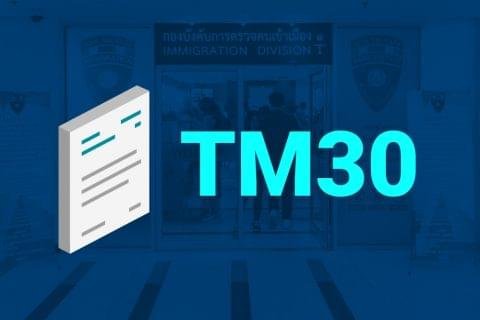In most cases, if you are a Landlord you will engage the services of a Property Agency to find a Tenant for your property. The issue is that there are hundreds of Agents offering their services in the Capital and standards of service vary massively!
More importantly, there is no standard Template Rental Agreement with some Agencies providing a 2 page lease, while others insist on an extensive 8 page contract. However a Lease Agreement should not be taken lightly as this seemingly unimportant piece of paper is a contractual and legal protection against a potential “nightmare tenant”.

This Article will discuss the 5 primary components to ensure that the Lease/Rental Agreement provided by the Agent is satisfactory to protect your interests and property!
So the 5 components of a good rental lease are:
1. Rental Price and Tenancy Details
Obviously a contract should reiterate the Rental Price per calendar month and the Lease Term (Clearly stating start and expiry date of lease). As an added measure of protection the lease should state the “day of the month” that rental periods should be made each month and the grace period allowed (Standard is 5 days). Some contracts even enforce a late payment penalty, if the tenant fails to pay within the permitted/agreed grace period (Usually 500 THB Per/ Late Day).
2. Tenant Responsibilities
Apart from paying the rent, the contract should have a section clearly enforcing the obligation to maintain the unit in a satisfactory condition. In this section certain special conditions can also be enforced such as:
– Not to smoke within Premises
– Not to keep pets
– Not to sublet or use the unit for commercial purposes (Very important especially with the growing popularity of Airbnb)
3. Landlord Responsibilities
A contract should always be balanced to ensure a win-win situation between you and your tenant. This section is present to re-assure the tenant that you will be here to support him/her during the tenancy. Especially in the eventuality they have building/condo issues beyond their control (I.e. Electrical Problems, Internal Piping Problems, etc…).
4. Moving Out Process
This section, gives basic guidelines on the move-out process. Usually giving brief details about what Landlords are permitted to do with personal items (I.e. Furniture, Paintings, Cutlery, etc…) left by the tenant after the expiry of the rental term. Also it gives brief instructions to the tenant on best-practice in regards to checking-out of the unit (Ex. Clean the unit).
5. Termination of Tenancy
Components 1-4 tend to be positive components, ensuring a peaceful tenancy and a good tenant/landlord relationship. Unfortunately there may be situations where a Tenant has to abruptly end a lease (Before the full lease term) or is simply causing problems (I.e. Overdue rent). A contract should have clear rules and warnings on when it is acceptable for a landlord to terminate a contract. The termination component of a contract, should also clearly state what will happen to the Security Deposit.
As initially discussed, it is important for Rental Agreements to be balanced to ensure all parties can benefit from a peaceful tenancy period. As a landlord, it is important to always ensure a complete contract is provided, agreed and signed by all parties; as this tool will help avoid disputes and protect against disagreements.
Some shameless advertising… to end this Landlord guide!
Our Agency takes every step of the process seriously, we use an extensive 8 page Rental Agreement carefully drafted by a lawyer specializing in property law.
If you are a Bangkok landlord looking for Rentals and/or Property & Tenancy Management Services, please do not hesitate to contact us!




